Mount Amagi and Amago
May 02, 2016
Day 2 – Mount Amagi
… Continued from Day 1 (Click Here if you missed it)
In the morning the storm had cleared and it was bright and sunny. I eagerly hit the road, stopping quickly at a convenience store to buy breakfast and lunch. My destination was the Amagi Yama Traverse trail head near the Amagi Kogen Golf Course. From the trail head it was a 10km round trip hike to the top of Mount Amagi (apparently this is not the real name of the mountain but for one reason or another it has stuck. The correct name is Mount Banzaburodake). Mount Amagi is the highest point on Izu Peninsula. The hike was absolutely beautiful, yet rugged, steep, and the humidity was pretty high. I took the harder, yet slightly shorter trail to the top. I only came across three other people until I had made it to the summit. As I made my way back down Mt. Fuji poked her head out of the distant clouds. The rhododendron forest was in full bloom and the flowers smelled like heaven. It was an exceptional day, blue skies and clear views of the ocean on both sides of the mountain.
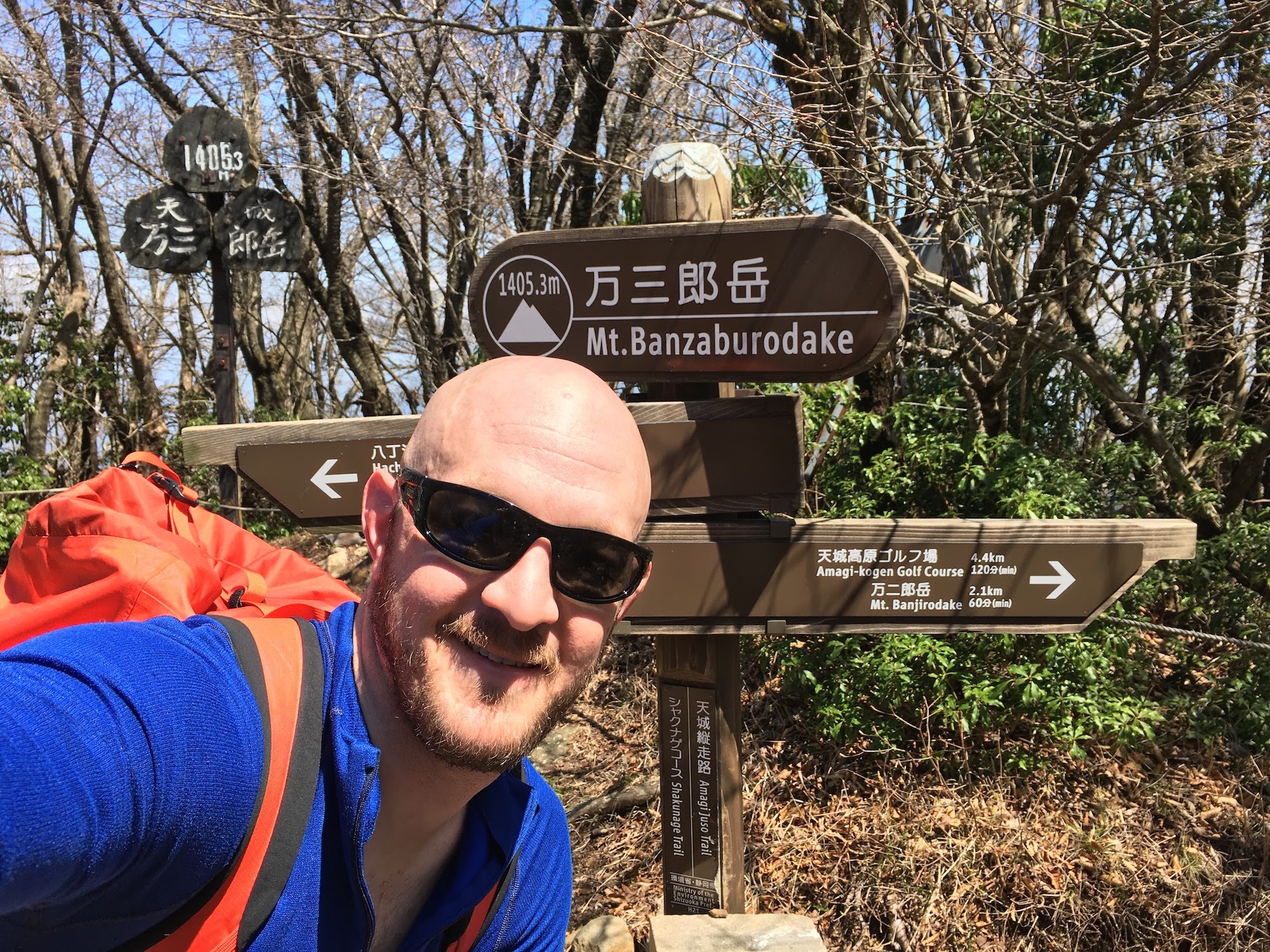
Back at the car I made my way down the mountain road, taking my time and soaking in the exceptional hanmai (cherry blossom) show. At the bottom of the road was a dormant volcano, called Mount Omuro, covered in green grass. For ¥500 you could ride a chairlift to the top (it is the only way to get to the top). Around the rim of the crater is a pleasant paved path and in the crater of the volcano is an archery range! The views from the crater rim were stupendous and so were the winds. After a refreshing walk I stopped in at the snack shop and dined on wasabi ice cream.
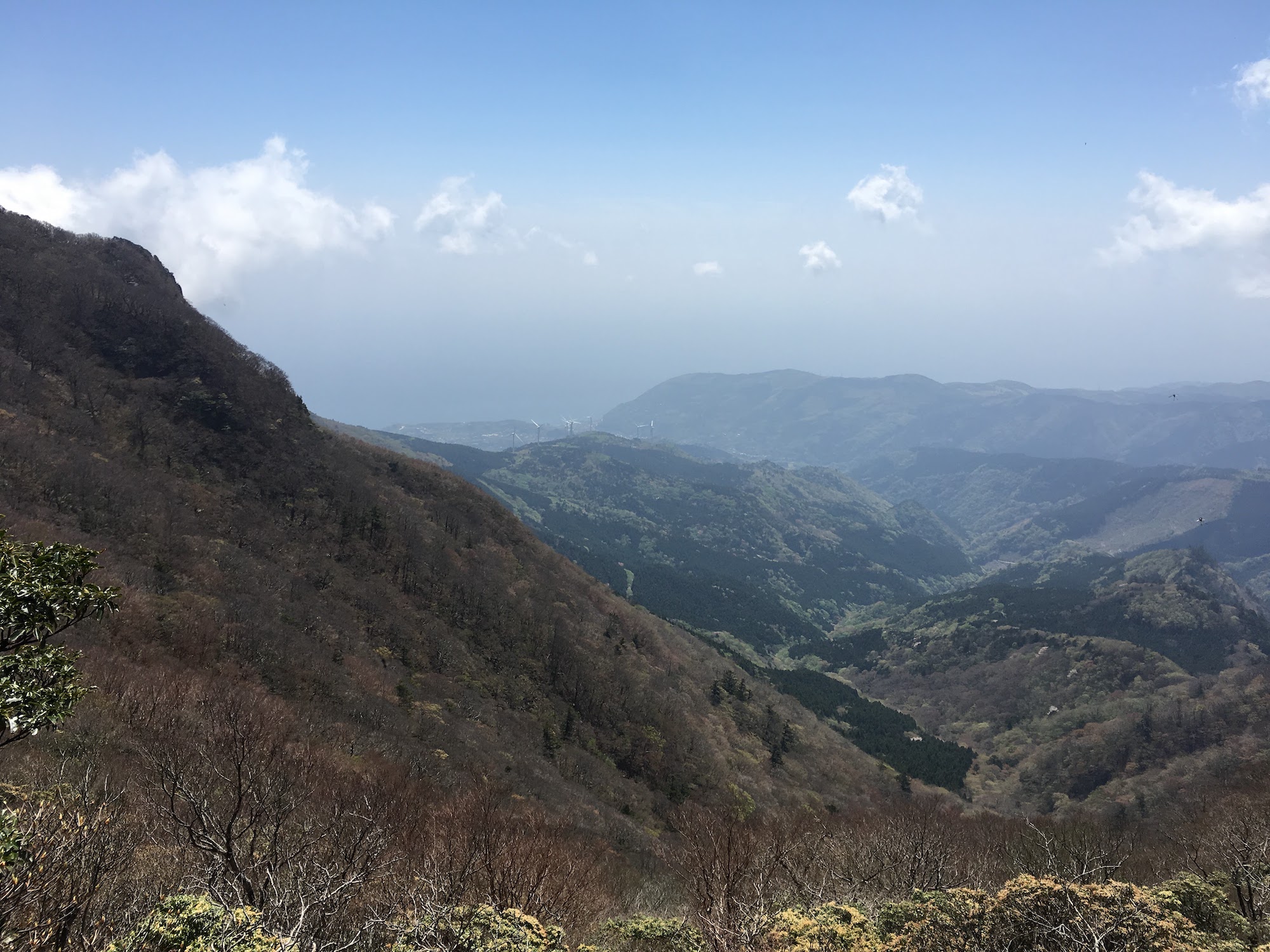
From the top of the volcano I had spotted a forested valley that looked like it had to have a river in it. After consulting Google Maps, I was able to determine that there was road access and that there indeed was a river! So obviously I had to check it out. Back in my car I turned off the main road onto a small side road that quickly turned into a rocky and rugged dirt track. As I continued to follow the track the stream went from a barely perceptible trickle to a full blown river! I pulled over at a promising turn-out and quickly donned my sawanabori gear. Now I should say that I rarely have any luck fishing downstream in Japan. The fish are just too hyper-vigilant; any movement or shadow will send the fish scurrying for cover. The fishing looked really good downstream though and so I decided to take a gamble and go down river first. After fishing downstream for 30+ minutes with nary a bite or even sighting any fish I gave up and returned to my starting point. I began making my way upstream. At the first pool I had a fish on at the first cast but she quickly got off. This happened again and again, much to my frustration. All of the pools were crisscrossed by spider webs which made strike detection and drag-free drifts nearly impossible. Every few minutes I had to collapse my rod to clean off the spider webs. It was challenging conditions for sure.
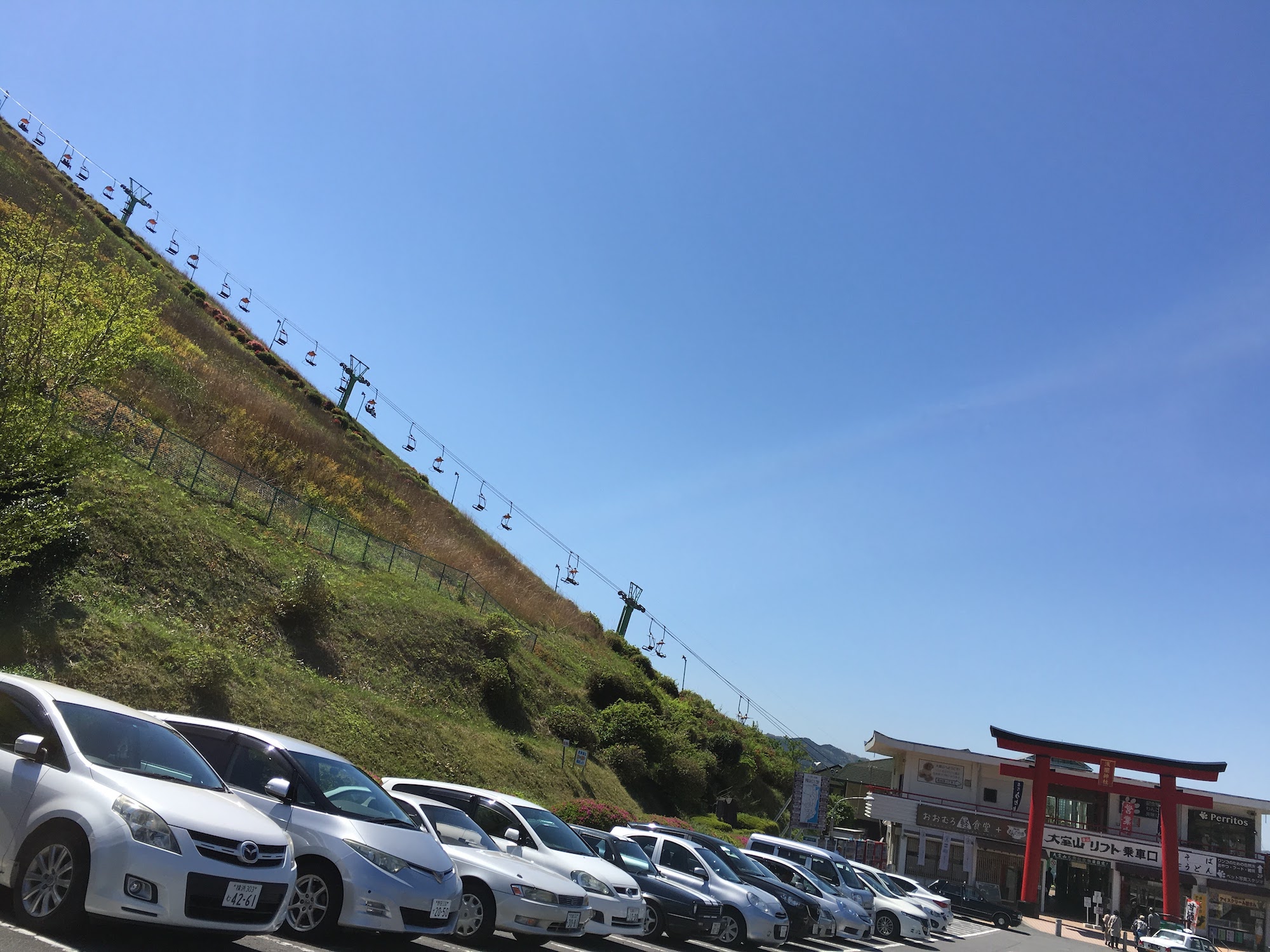
As I continued upstream I was disappointed to find several large weirs that had created a desert of dead or dying trees within the massive silt, sand, and dirt buildups behind them. The stream was very shallow and spread out. In one spot I even found several deer carcasses rotting in the water. Dejected and more than a little perturbed by the destruction of this pristine valley I made my way back to the car. While I had several fish bite my fly I had brought to hand none. As I continued down the road I noticed that there were several tributary rivers that flowed into the river valley that looked promising. However, the sun was setting and I still had to get to Shimoda so I did not stop to investigate.
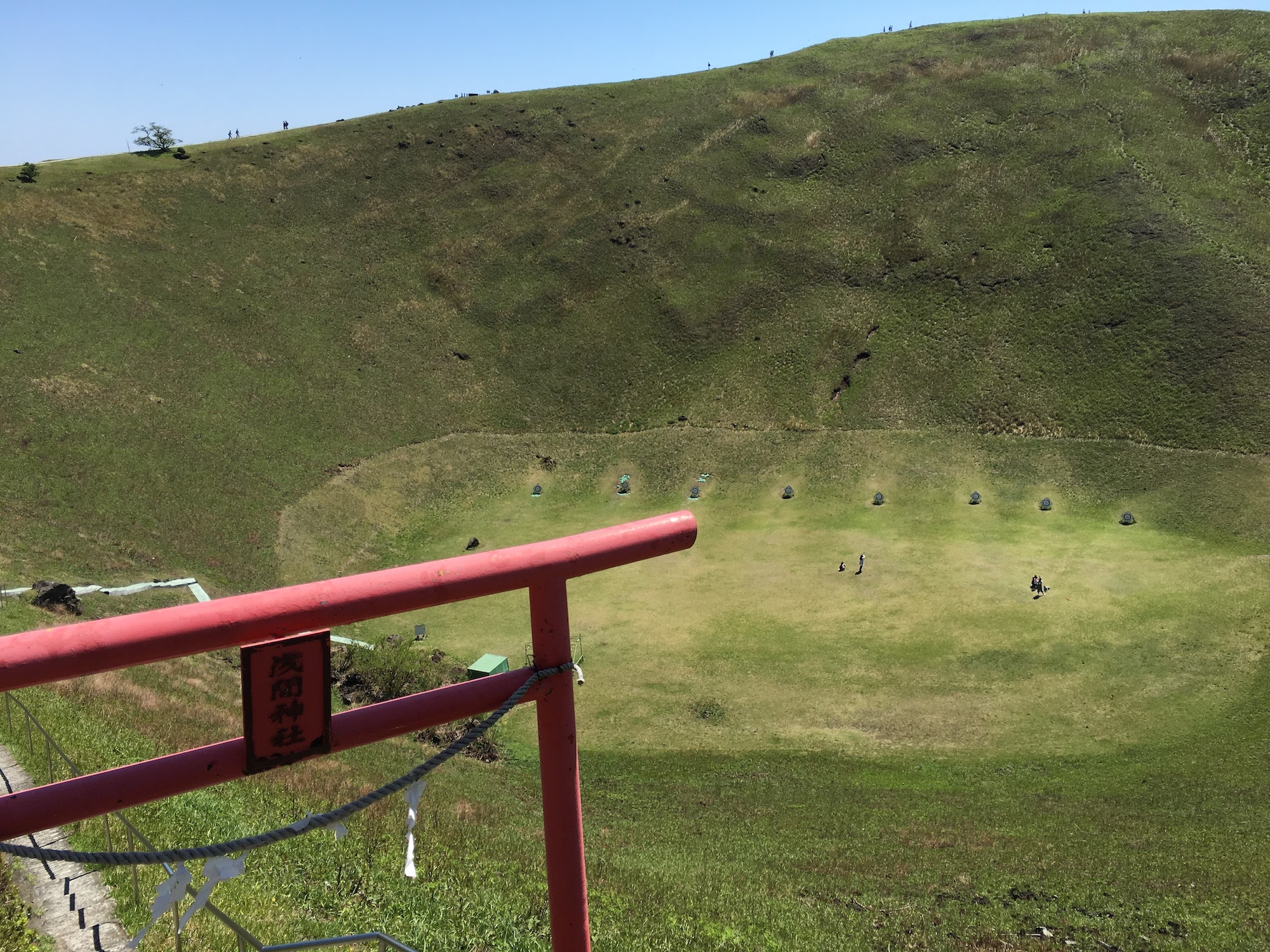
The drive down to Shimoda was gorgeous. The craggy seaside drive along Izu’s coastline should be high on anyone’s bucket list. It is spectacular! The Michi-No-Eki at Shimoda was rather large but is unfortunately next to the Izu Fishing Cooperative Ice-Making Plant. Throughout the night I was awoken by the sound of massive amounts of ice cubes being poured into the back of trucks.
Day 3 - Amago
I slept in on the 3rd day, it was a little overcast and so the interior of my van did not get too hot too soon (which normally wakes me up). I was happy for the extra sleep (especially since I had been awakened by the roar of ice cubes several times the previous night). Plus all of the hiking and wet wading the day before really did wipe me out. I stopped by a convenience store again for some breakfast and to pick up some lunch for later and then hit the road. My destination was several promising looking river valleys kind of near some famous waterfalls.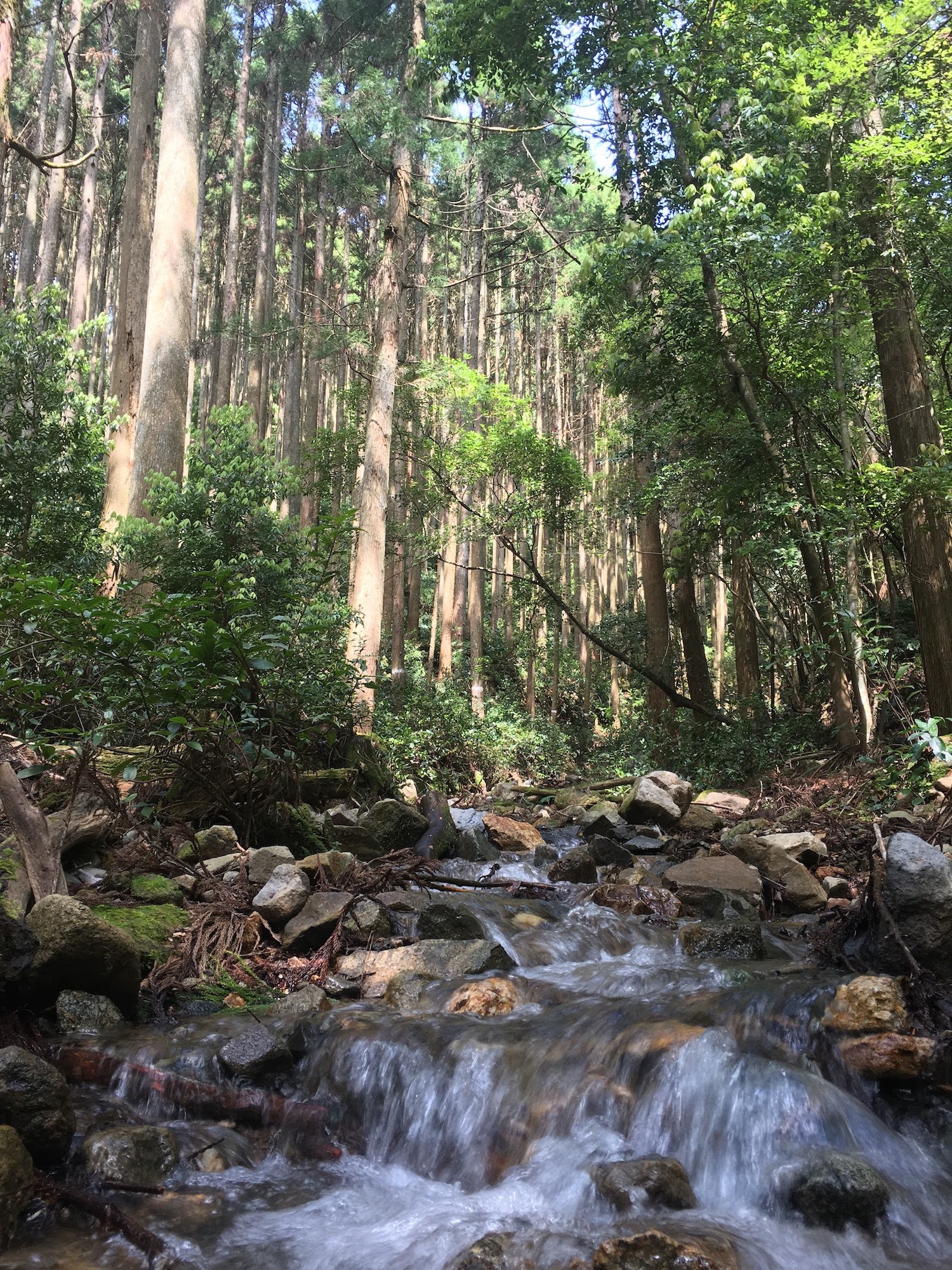
The first river valley I discovered by accident. I was driving up an unnamed road and missed a turn. I found myself in a heavily wooded valley with several wasabi farms. I parked at a turn out and headed down to the river. I ended up catching 4-5 smallish Yamame or Amago. Amago look a lot like Yamame except they have red spots. The fish I caught were about 10cm long. If held in the right light and viewed at a certain angle I could make out red spots, however the spots did not turn out in any of the photos… Perhaps I was imagining things. I continued up the valley until the keiryu split and the smaller rivers became too small for fish to inhabit. Leaving my sawanabori gear on I drove down the road a bit to explore another river.
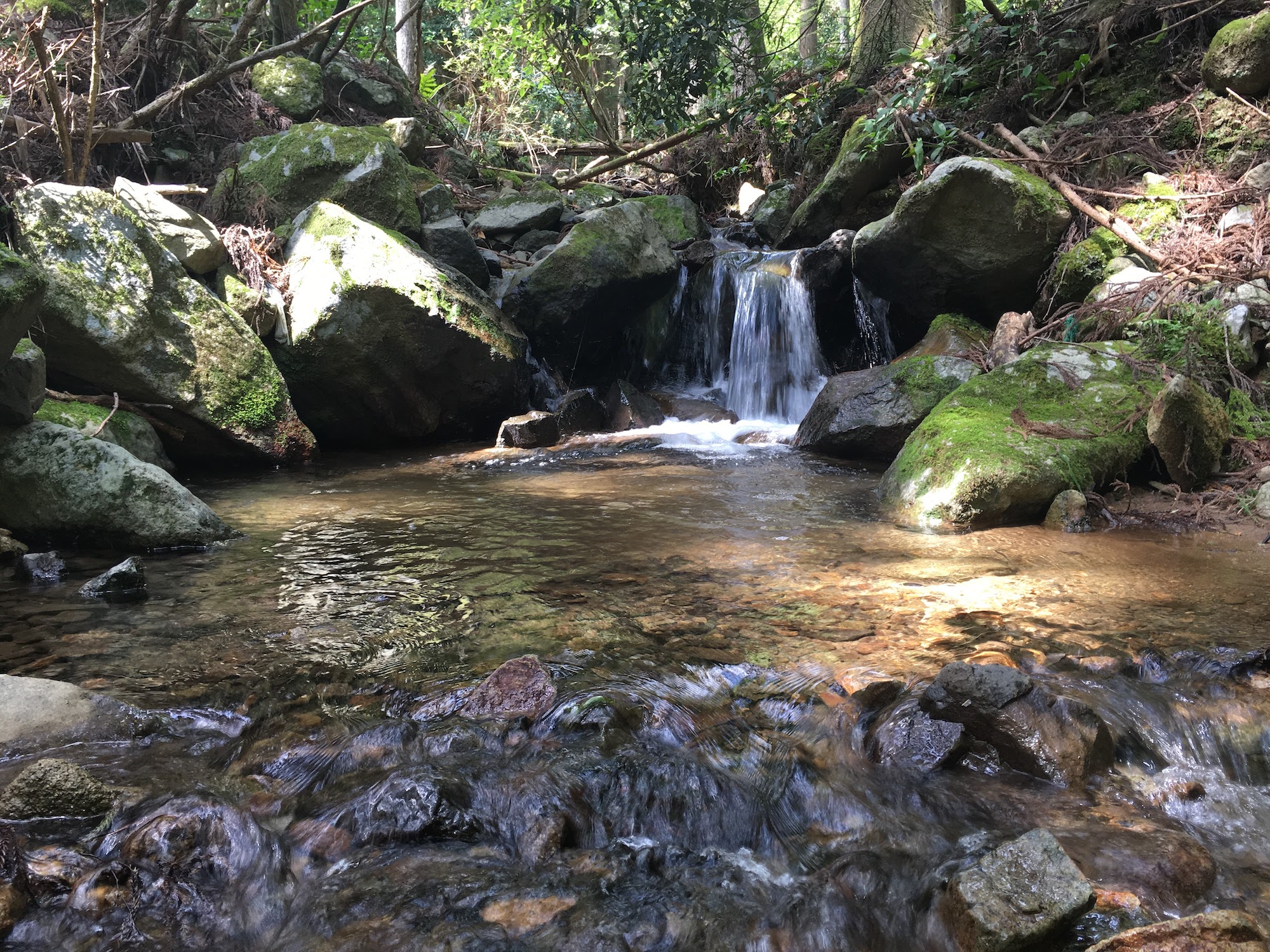
This second river was much much larger with huge and deep pools. There were large boulders everywhere and massive cascades. It was certainly big water so I rigged a short three-meter line (due to dense overhead foliage) and tied on a nice kebari. I landed three small Yamame in this river before coming across a massive 15-meter-tall weir with no easy way around. I had not showered in several days so I de-robbed and swam in the plunge pool for a while. It felt nice to get "clean' and the water was very cold and refreshing. After the swim I made my way back to the car.
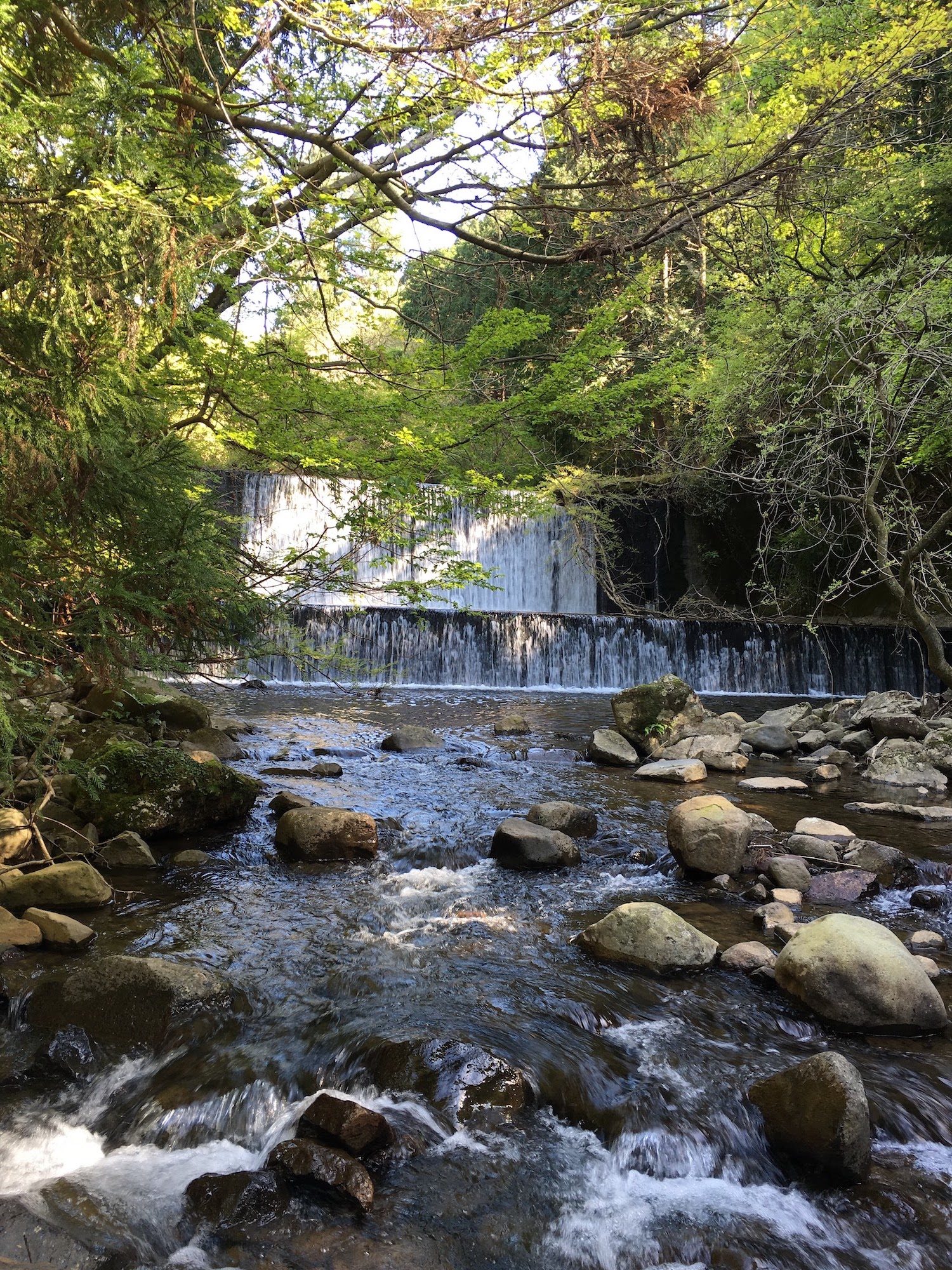
The third river valley was also discovered by accident. Again I missed a crucial turn and by the time I figured it out I did not care because the river looked absolutely gorgeous. I continued up the road until the river forked. The road also forked and so I chose to go left, because that keiryu looked a lot smaller (I prefer fishing small water). At a bridge crossing the road turned to dirt and so I parked, donned my sawanobori gear and began fishing my way upstream. At the first pool I hooked into a nice sized Yamame and brought her to hand. I must have caught close to a dozen Yamame and Amago in this stream. They were pretty feisty and most of them did not want their photos taken. This particular river valley was a wasabi factory, with dozens of wasabi farms along its banks. No one was working at any of them though so my presence went unnoticed.
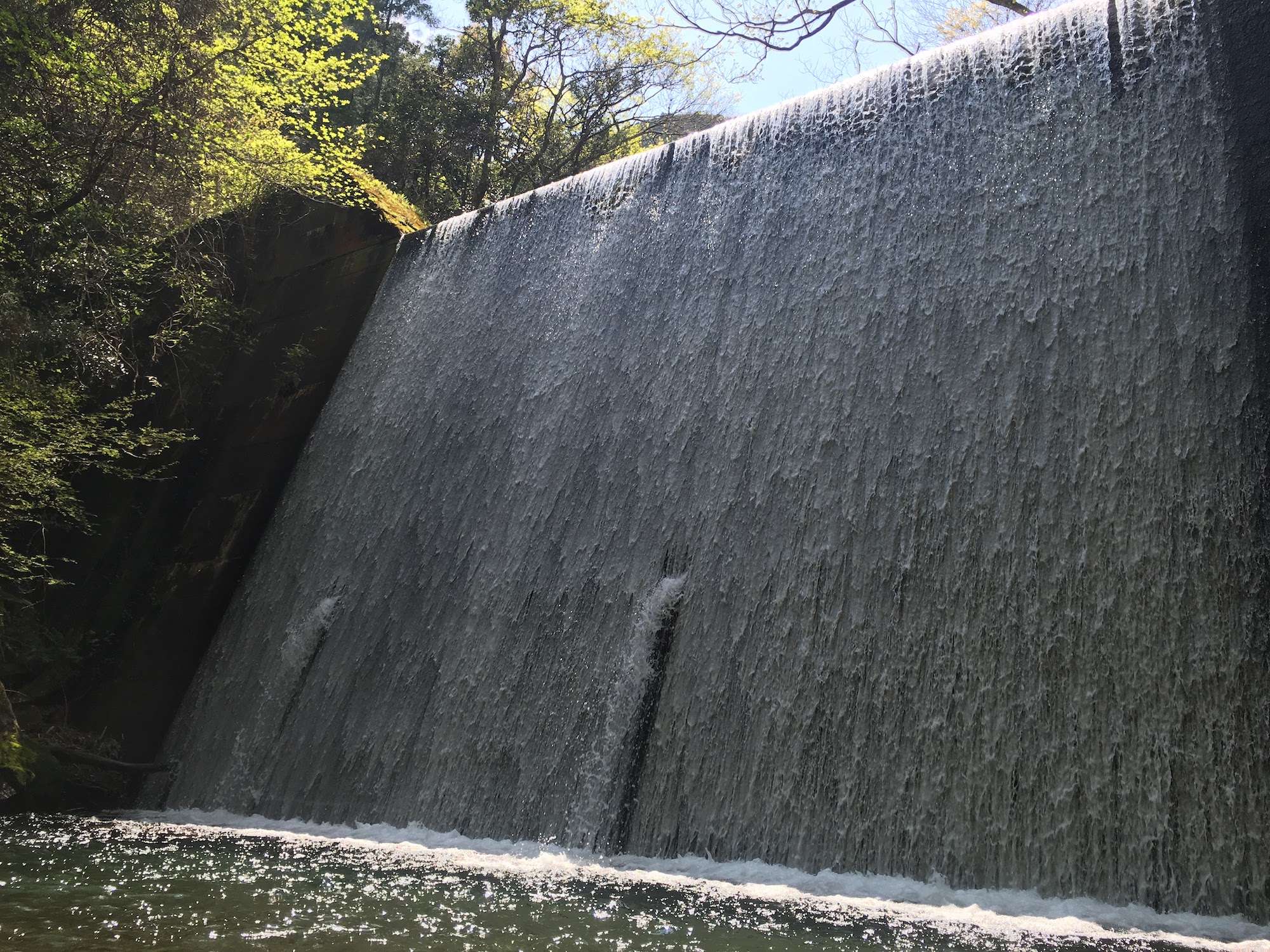
With the sun an hour or so from setting I scrambled up the hillside back to the road and wandered back to my car. It was time for me to head home. I had a plane to catch the next day and I still had several hours of driving to get home.
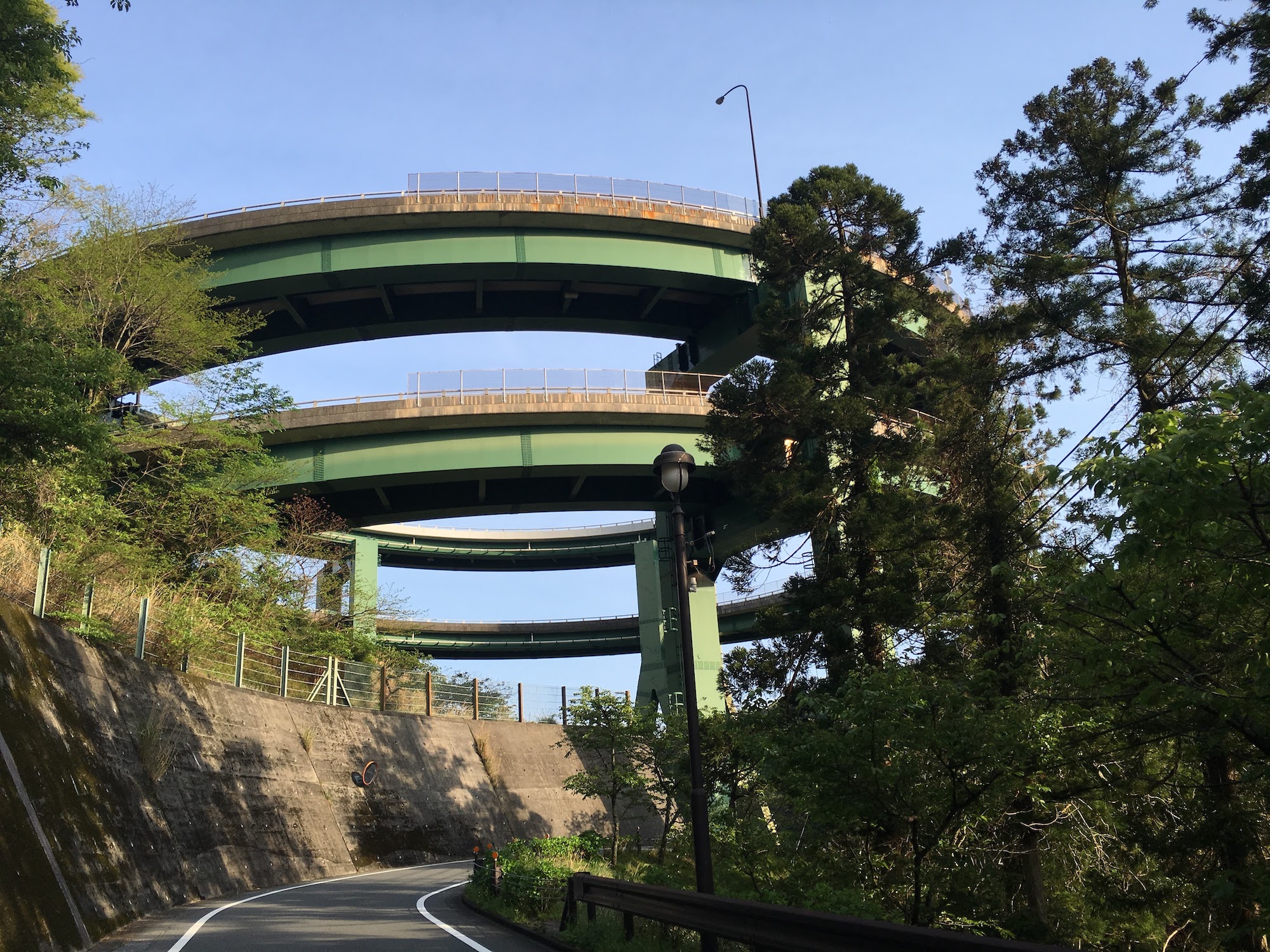
It had been a spectacular adventure, my second one on Izu Peninsula. The fishing had been better than I had expected and the hiking was superb. I had stumbled across several other river valleys that I did not have time to explore and so as I drove home I began to plan my next expedition to Izu Peninsula. The next time though I think I will need at least six days.
